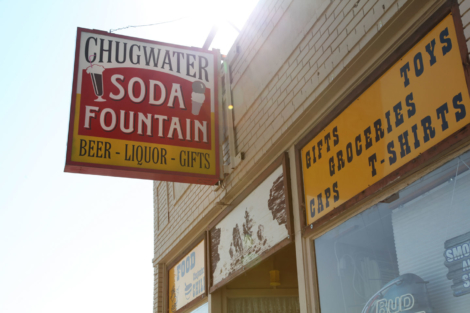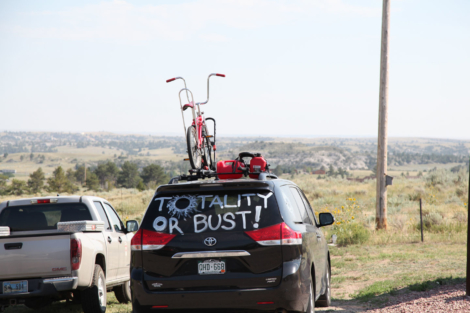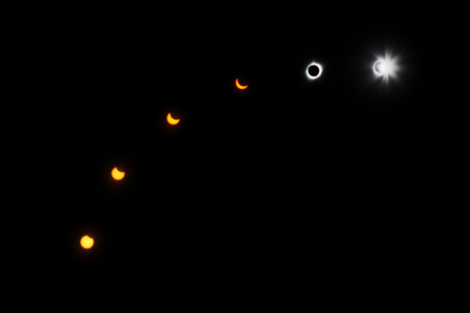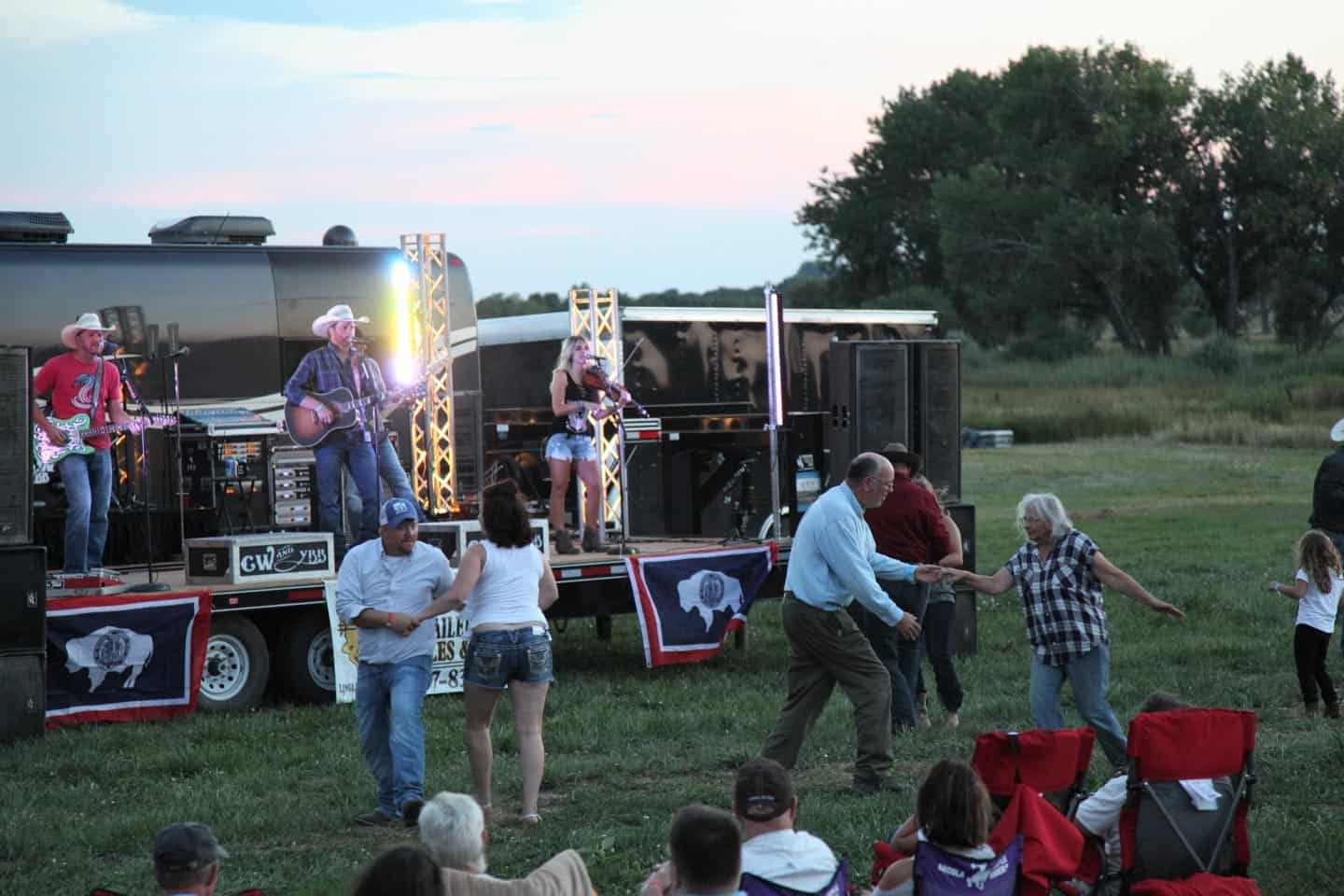A total solar eclipse happens once every one to two years and is visible only from a small sliver of land. Since most of the Earth is covered in ocean or desert, it is rare for an eclipse to be seen over a major city. That’s why the August 21 eclipse was so special: the path landed right over the United States, passing from Oregon to South Carolina. For the first time in decades, the eclipse could be seen by millions of people in North America instead of a few hundred scientists and eclipse chasers.
I’m a rookie eclipse chaser. I saw one in 2012 and fell in love with the indescribable feeling of watching our solar system do its magic. This year, I set out for Wyoming. My knowledge of astrophysics is limited, so I chose this location based on where serious scientists were going — I am not an expert, but I am smart enough to piggyback on the expertise of others. My guess is they chose Wyoming for its relatively cloudless skies and lack of tourists.

After landing in the US, I meet up with my soon-to-be eclipse family. This includes my dad’s friend’s wife’s aunt, her husband, his university roommate, his wife, and their friend. I’ve never met any of them. We wound up planning a trip together because that’s how eclipse chasers are: when you find out there is someone in your extended network who shares your passion, you advance five levels of friendship. My generous new family has booked us a camping spot in the eclipse path, lent us gear, and they give us detailed directions from the airport.
The four-hour drive to the campsite weaves through amazing ghost towns. One of them is Chugwater, where we stop for a milkshake break. I imagine how the soda fountain would have been an oasis for weary Wyoming cowboys. Eclipse season temporarily revives the town of Chugwater; the soda fountain is crammed with space geeks buying drinks and souvenirs. Towns rise and fall at the hands of economic trends, but sometimes the universe gives you an eclipse and you are overwhelmed with hundreds of customers.
We arrive at our campsite, which turns out to be an alfalfa field. I think the owners realized they were located in a prime spot and calculated that renting out their field would bring a lot more revenue than a season’s worth of alfalfa. For entertainment, they have organized a small concert with local bands. As a Torontonian, it’s surreal to sit alongside cowboy-hat-wearing Americans and listen to their music.

I meet chasers from all over the world. I spend an afternoon with a Guatemalan professional photographer whom my dad had befriended in Indonesia during the 2016 eclipse. Like most eclipse chasers, he is overexcited and generous, so I receive a photography lesson from him. Another helpful figure is a man named Charlie Brown. He owns the trailer next to my tent and lends me a hammer when he sees me struggling with tent poles. He wears a yellow shirt with the iconic black zig-zag, is 73 years old, and looks exactly like Davos Seaworth from Game of Thrones.
The day before the eclipse, we scout out nearby roads for an exit strategy. If Tuesday turns out to be cloudy, we will need to jump in our car and drive somewhere with better visibility. Throughout our drive, we pass by likeminded people with out-of-state license plates and eclipse-themed cars. Some have bicycles strapped to the back in case of a traffic ‘Carmaggedon’. One couple has a huge motorbike weighed down by a ton of gear and a tiny dog with goggles.

On Tuesday morning, we prepare for the eclipse; it happens at 11:45 am. The sky is nearly cloudless, so we set up our seats and get comfortable. I fit a homemade solar lens to my camera and take some practice shots. Since totality is only set to last about a minute and twenty-five seconds at our location, I don’t want to be fumbling with my camera.
Finally, the eclipse begins. In the upper left corner of the blazing midday sun, a tiny bite appears. As the Moon creeps in front of the Sun, I start to feel cold. A minute ago, I was sweating in the August heat — now I’m pulling a sweater over my head. The sky darkens fast. As my eyes adjust, stars begin to peak out. It’s not even noon yet, and I can see stars.
That’s part of what makes a total eclipse so astounding: every single day of your life, you watch the sun rise and set, and the night sky is a two-dimensional ceiling with dots of light. But during a solar eclipse, you realize this pattern is the work of massive celestial bodies hurtling through space. An eclipse isn’t just a black circle sliding over an orange one, it’s our 73 million, million, million-tonne Moon placing itself between us and our home star.

Half an hour after first contact, totality begins. This is the point where the Moon’s shadow starts to cover the sun and all you can see is the corona and Baily’s beads, until the Moon completely covers the Sun. We take off our glasses and stare at the sky. All around me, people are laughing, exclaiming, and whooping. Everyone sounds like they’ve just been proposed to — it’s a combination of happiness and shock. This is the peak of our pilgrimage.
I’m not particularly spiritual, but the fact that the Sun and Moon are the perfect size and distance from each other to completely obscure our sight of them is, in my opinion, a miracle.
After totality, a couple pops a bottle of champagne. The next time anyone sees a total solar eclipse will be July 2019 in Chile and Argentina. I’ll see you there.



